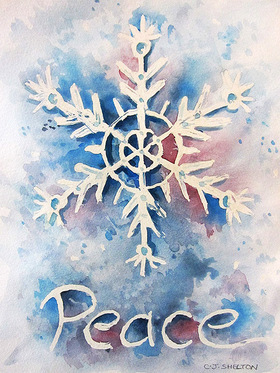About The Orissa Art Tradition
Orissa is situated at the eastern coast of India. The state of India has been the home of rich art and culture since time immemorial. Orissa was earlier called Utkal or ‘land of rich art forms’ in deference to its wealth of arts and crafts.
The Patta Chitra, one of the fascinating art form of Orissa has a tradition that goes back centuries. Soaked in puranic culture and classical romances, with vibrant colors, superb craftmanship, simplicity in design the patta chitra is a distinct form of art and has captured the imagination of artists and art lovers alike. The term patta chitra has its origin from the Sanskrit. Patta means vastra or cloth and chitra means paintings. So patta chitra means paintings on cloth.
The use of cloth for painting has been in vogue in India for a very long time. So also was the case with Orissa. It is said that thin cloth paintings were sent to China from Orissa during the rule of Bhaumakars and the craftmanship was highly appreciated.
The patta painting has its root in religion. It is evolved, nourished and flourished under the cult of Lord Jagannath. Therefore the Patta paintings of Orissa is considered to be as old as the construction of the temple of Lord Jagannath at Puri. i.e. 12th Century A.D.
The subject matter of Patta paintings is traditionally limited to Hindu religious themes. However, as time passed, the subject matter as become widely varied. In addition to the stories from Ramayan, Mahabharat and Vesas of Jagannath, new themes on the life and philosophy of Lord Buddha, pictures on Jainism, Jesus Christ and important historical events are also depicted in patta paintings.
In recent years some artists are putting modern concepts/themes to it. Some PACADian animators are doing animation with pattachitra style. With the advancement of time, a lot of changes have been noticed in the preparation, color, theme, approach to the subject and in, the market-ability of patta paintings.
The Traditional Method Of Painting
The preparation of pattas on canvas in its traditional way for painting is very interesting. It is ingenuously prepared. A large piece of cloth is washed neatly and spread out over the surface of a cot or on the varandah floor. The tamarind seed is powdered and some water is put on it to prepare a special gum. This gum is applied over this piece of cloth. Before this gum dries up, another piece of the cloth of same size is placed on it and a fresh coating of gum is pasted on it.
Then the patta is allowed to dry in the sun. After it is dried, a chalk like paste of soft white stone powder and tamarind seed gum is mixed in an ideal proportion and applied on both sides. After both sides dry completely, the cloth is cut into required sizes.
After cutting to sizes, the next work is to polish it to make them smooth and suitable for painting. The polishing is first made with a rough stone and then it is polished with a pebble whose surface is smooth. The polishing require long hours of work. The work of preparation of the pati for painting is traditionally done only by the woman folk of the chitrakar families.
Then over the polished cloth, which looks off white in color, the chitrakar start painting on it. The colors used are bright and primarily white, red, yellow, blue, green and black. Red is used predominantly for the back ground.
The colors are prepared out of the natural ingredients.
- White is prepared from powder of conch-shell
- Yellow from Haritala, a kind of stone
- Red from geru (Dheu)
- Hingula black from burning lamp and coconut shell
- Green from leaves
The artists follow a sequential procedure for preparation of the paintings. Single tone colors are used. First the border and the sketch is drawn on the patis either in pencil or in a light color. The artists put correct lines to make the figure more prominent. The lines are broad and steady, then the color is applied.
The visual appeal of a patta painting is in its color combination.The human figures are generally presented frontally but the face, leg are shown side-wise but the elongated eyes are drawn from the front side. Sharp nose and round chins are prominently depicted. The typical hair style, clothing, ornamentation, beards and mustaches are used for different persons, so that there will not been any confusion to recognize which figure is a king, minister sage, royal priest, common man, the God, the Goddesses and the like.
A decorative border is drawn on all sides to give it a frame like look. In this style of painting overlapping is avoided as far as possible. Also, the sense of far and near is neglected. The typical face style makes this type of painting different from other schools of art. The paintings are conspicuous for their elegance charm and aesthetic appeal. Central focus of the painting is the expression of the figures and the emotion they portray, the strong color only reinforce them.
Traditionally, three types of brushes were used. They are broad, medium and fine. These are prepared out of the hairs of the buffalo, calf and the mouse respectively. The Pattachitra style has been elaborated and applications are made on other items besides the Patis. Paintings are made on wooden and bamboo boxes, masks, and pots. Ganjapa, playing cards are also painted in this style. Palm leaf is also used as a base for patta paintings.
The Patta chitra artists are known as chitrakaaras. This family occupation is a tradition is inherited by the artists and passed along through the generations.
This unique form of art must be protected and nourished for generations to come.
Source: Wet Canvas









Leave a Reply